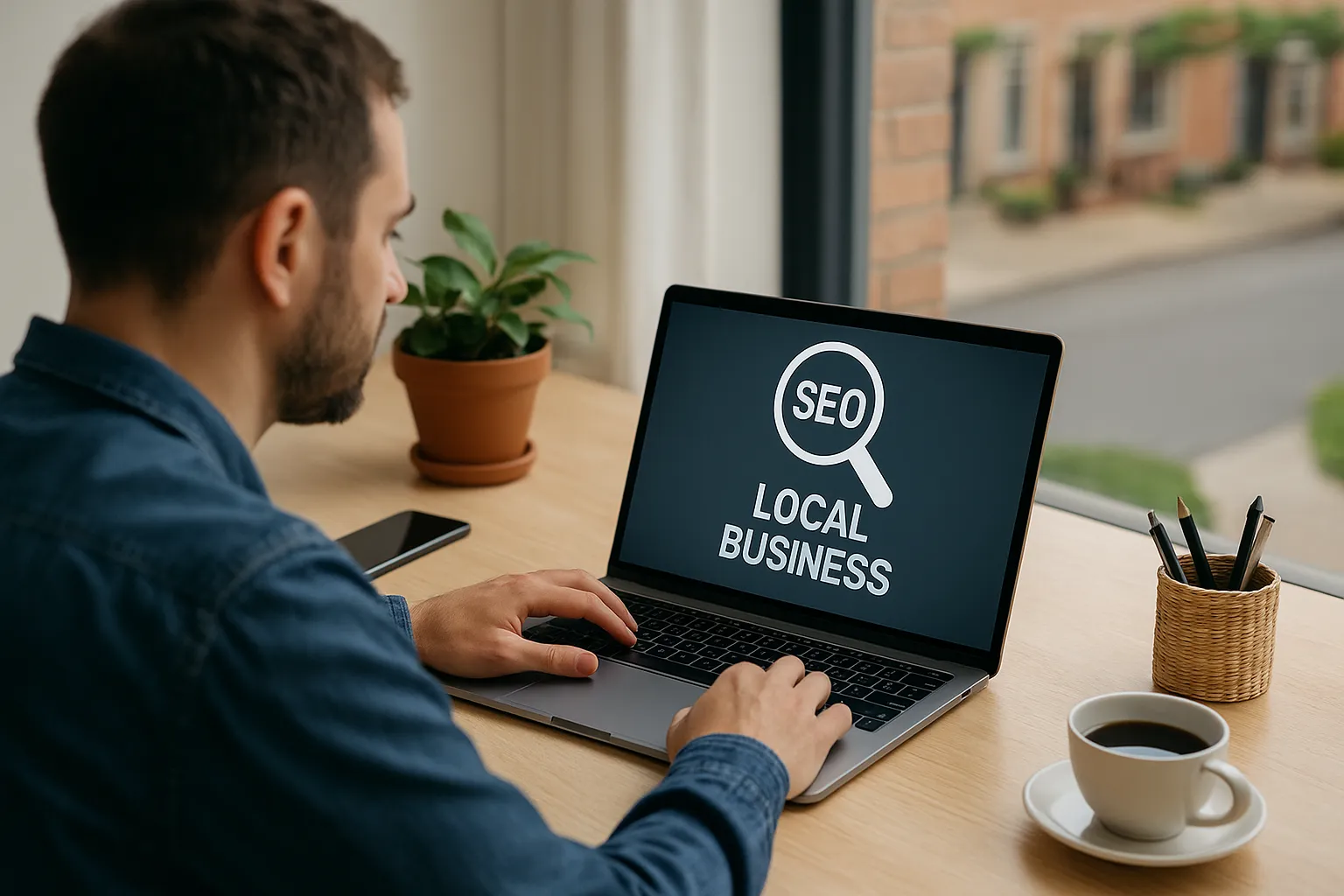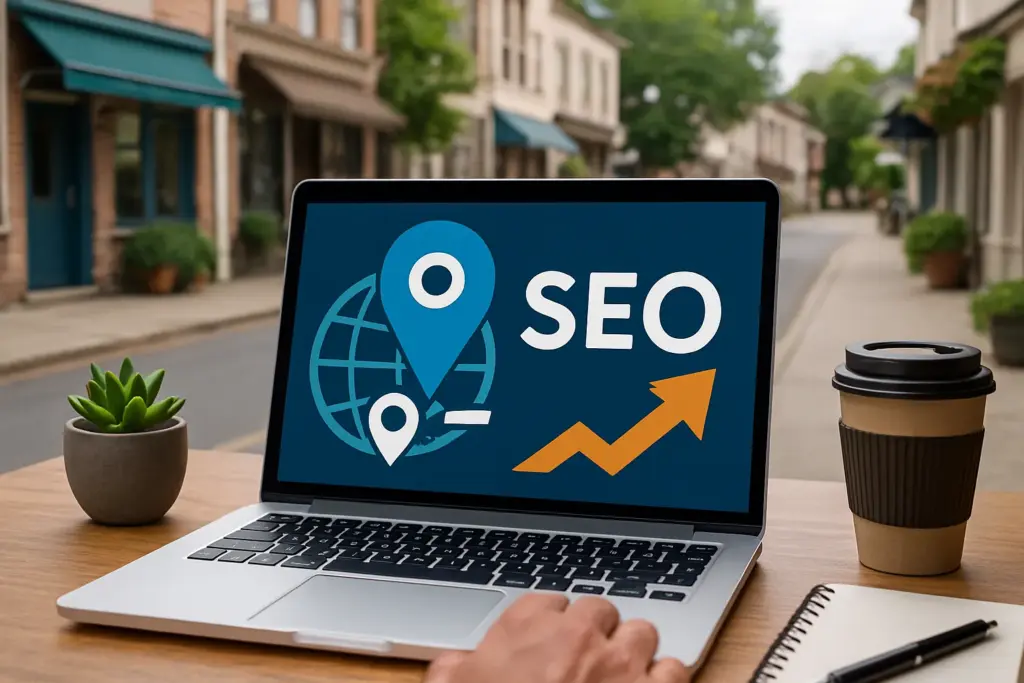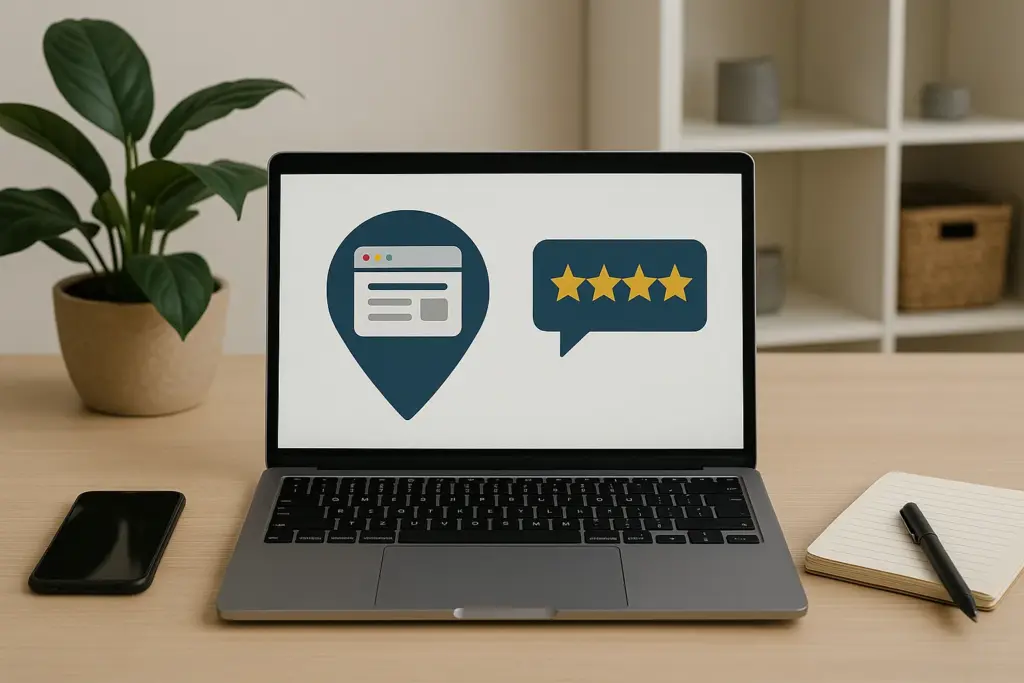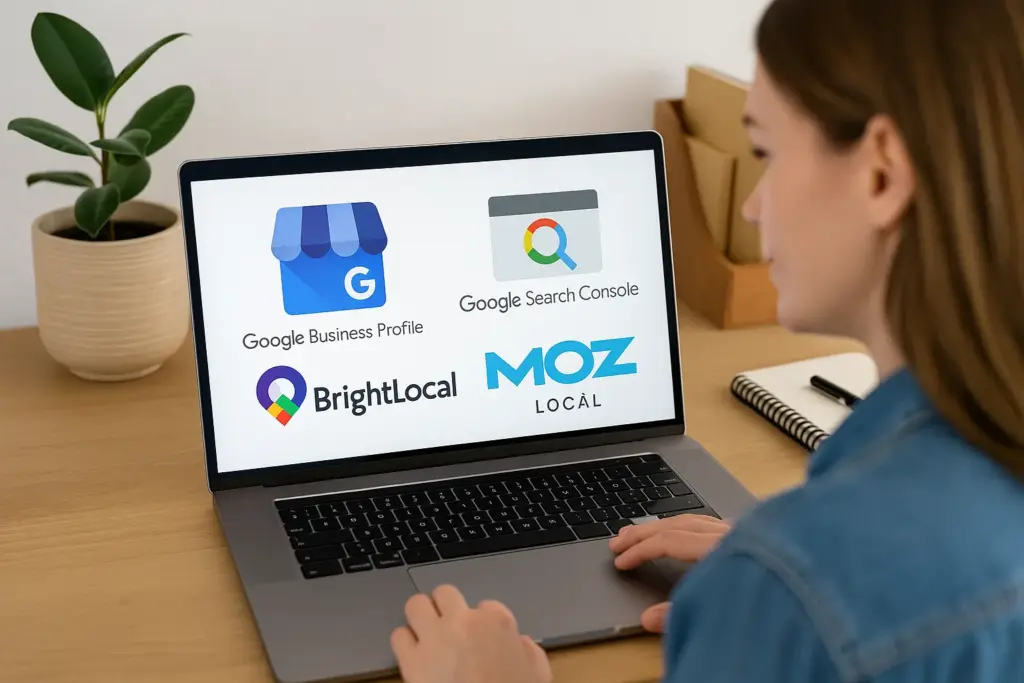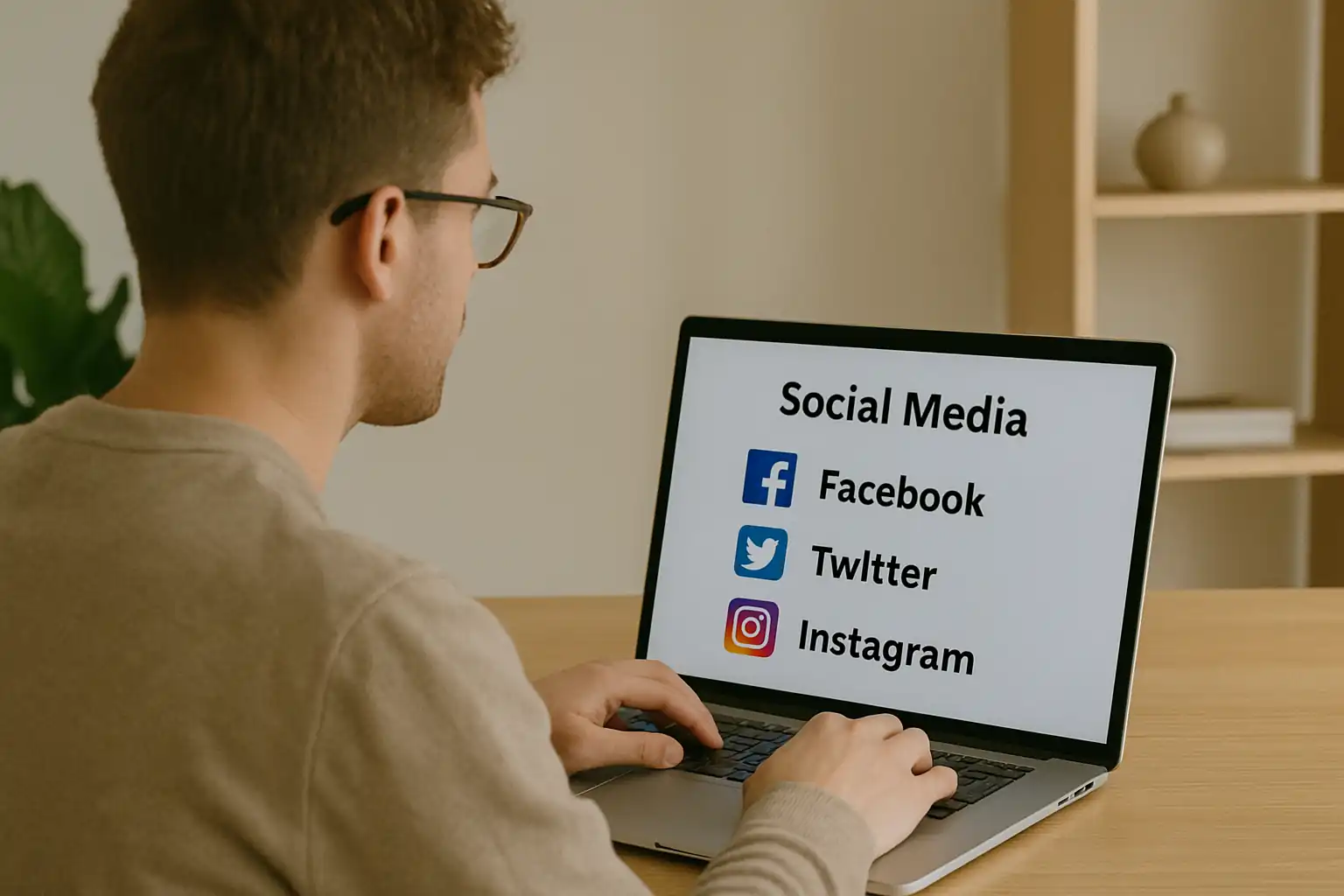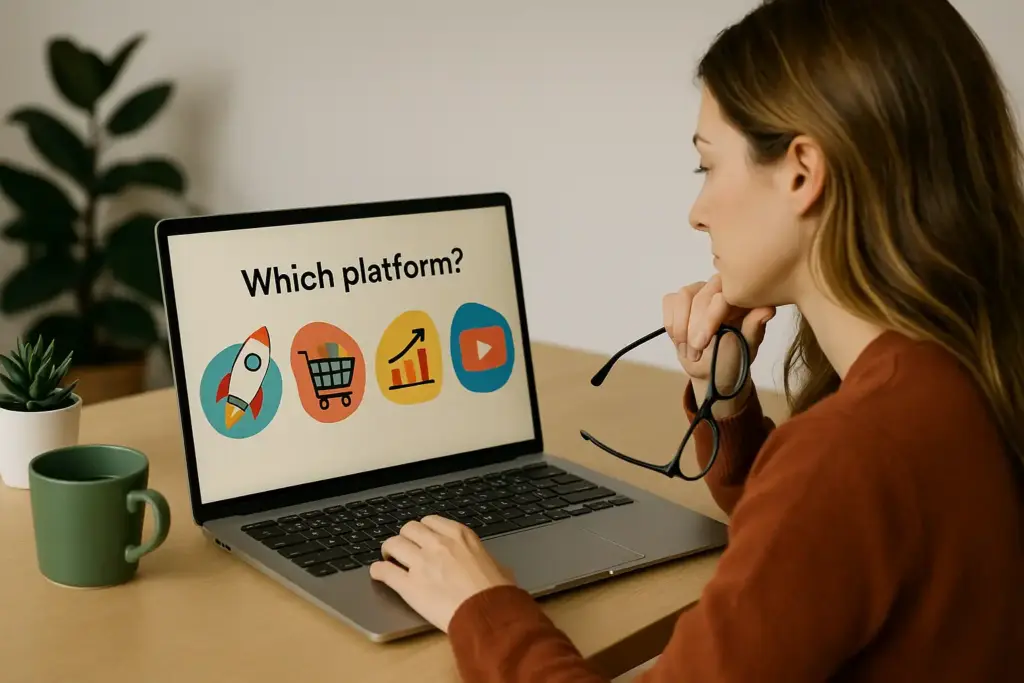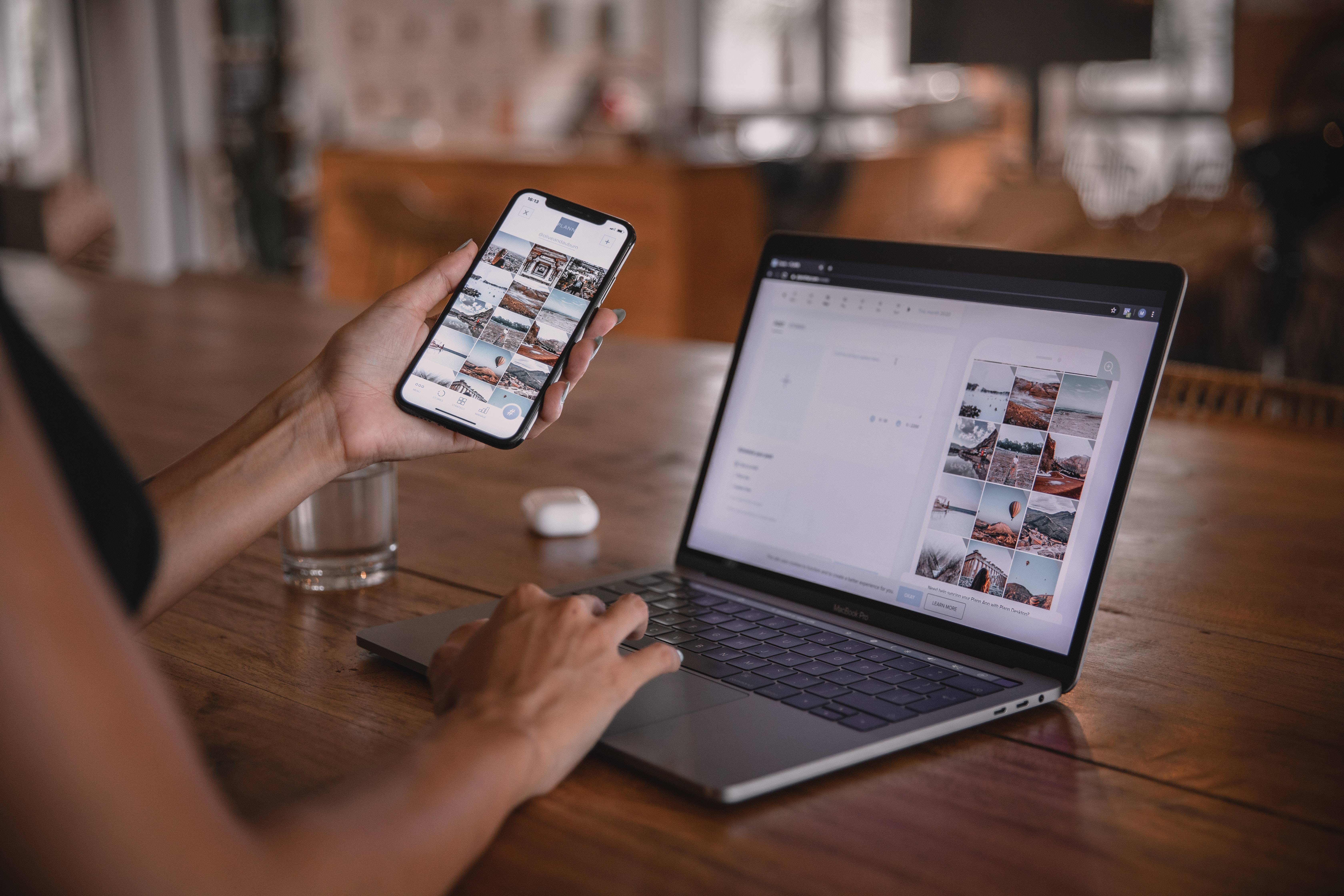Why Good Web Design Matters for Business Growth
Running a small business means juggling a hundred different priorities, and your website might not feel like the most urgent one. But here’s the thing: your site is working for you around the clock, and if it’s not designed well, it’s probably turning away customers you’ll never even know about.
Poor navigation, slow loading times, or a layout that looks dated can make visitors doubt your credibility before they’ve read anything. Thankfully, good web design fixes these problems, and even more amazingly, it can potentially turn casual browsers into leads.
So, if you want to capture those leads in time, join us as we explore how thoughtful design improves your results and what you should look for in a web design partner.
Ready? Let’s begin!
How Web Design Builds Trust with Potential Customers
Ever clicked away from a site within seconds because something just felt dodgy? We’ve been there. In fact, people size up a business based on its website in less than a second. Your site’s appearance tells visitors whether you’re legitimate or whether they should keep scrolling.

Here’s what makes the difference:
- Professional visuals signal competence. Clean layouts, quality images, and consistent branding show you take your business seriously. When a site looks thrown together or hasn’t been updated since 2010, people assume the business behind it operates the same way.
- Easy-to-find contact details build confidence. If visitors have to hunt for your phone number or physical address, they’ll wonder what else you’re hiding. This is why we always tell local Brisbane businesses to display this information prominently to reassure potential customers that you’re real and accessible.
- Clear service descriptions remove doubt. Vague language or confusing navigation makes people work too hard to understand what you offer. When your site communicates clearly, visitors can quickly decide if you’re the right fit for their needs.
- Trust badges and testimonials add social proof. Seeing that other customers had positive experiences permits newcomers to take the next step. Showcase reviews, case studies, or even logos of clients you’ve worked with help validate your expertise.
The truth is, professional web design creates the same impression as a well-maintained shopfront. You wouldn’t expect customers to walk into a run-down store with peeling paint, so why send them to a website that gives off the same vibe?
Now that you have your visitors engaged, we’ll give you a quick hack to turn them into paying customers.
Turning Website Visitors Into Paying Customers
When someone lands on your site, they’re asking themselves: “Can this business solve my problem?” Your job is to make answering that question as easy as possible.
First things first, create a strategic layout. If you want people to move through your site instead of bouncing off, you need to add clear calls-to-action, obvious contact buttons, and a logical flow from one page to another, to keep people moving. When someone has to think too hard about what to do next, they’ll just leave.
Nowadays, mobile responsiveness just isn’t optional. More than half of web traffic comes from phones, and if your site doesn’t work smoothly on a small screen, you’re losing those customers. Take this as your reminder to fix buttons that are too small to tap, text that requires zooming, or pages that load sideways, when you’re optimising your site for small devices.
Speed matters more than you’d think. We’ve seen businesses lose sales simply because their pages took too long to load. People won’t wait around, and research shows that three seconds is about all the patience most visitors have. Make sure your website is built properly from the start, and talk to your designers and developers about maximising speed.
The goal isn’t to wow people with flashy features. It’s to create a path that feels natural. When someone can find what they need, understand your services, and contact you without friction, they’re far more likely to become paying customers.
If you’ve been following along, by now you should have a good-looking website that works like a well-oiled machine. Sadly, for small businesses, that’s not enough (sorry to be a downer.)
But we’ll explain how you can use a few digital marketing tactics to boost your website even more.
Why Small Business Growth Depends on Digital Marketing
Let’s think about how people find you online. Chances are that someone searched Google for services in their area, clicked through from your social media, or followed a link in your email newsletter. Hopefully, all those paths lead to your website.
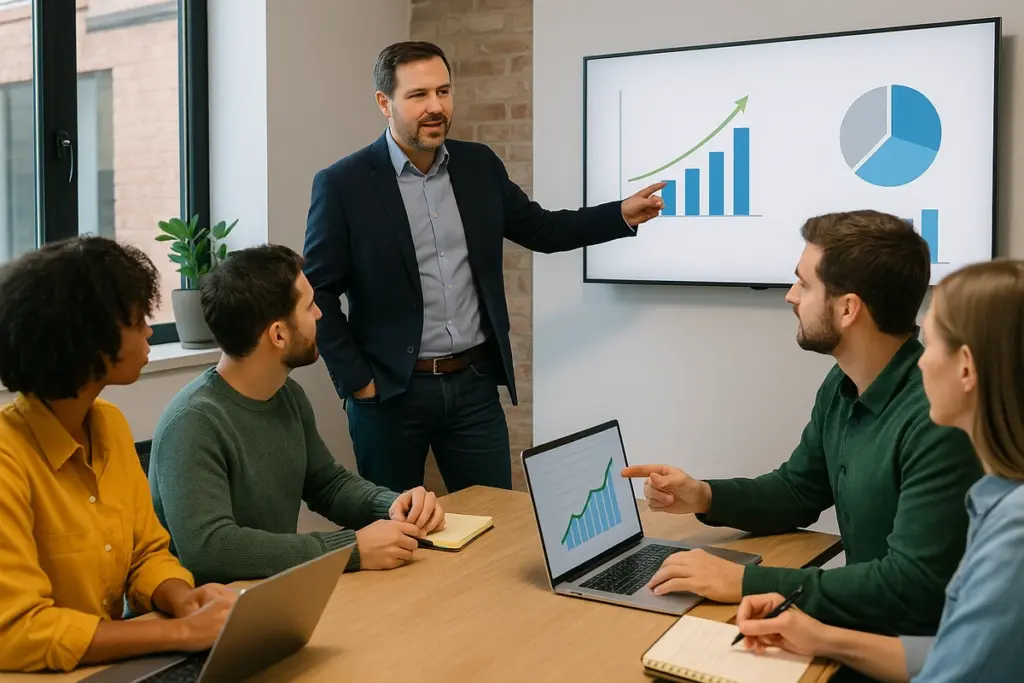
But if the landing experience doesn’t match what they expected, or worse, if it’s slow and confusing, they’ll leave before you get a chance to make your pitch. Below are a few things you need to watch out for:
SEO Needs Solid Design
Google ranks sites that load quickly, work well on mobile devices, and provide valuable information to visitors. You can pump money into SEO services all day, but if your site’s structure is a mess, you’re fighting an uphill battle.
Remember, a clean code, proper headings, and intuitive navigation all factor into how search engines see your business.
Social Media Clicks Need Good Landing Pages
Posting on Facebook or Instagram might bring clicks, but those clicks mean nothing if your site doesn’t deliver. We’ve watched small business owners spend hundreds on ads only to send traffic to outdated websites that don’t support their goals. All you need to do is ensure that your design aligns with whatever platform you’re using to promote your services.
Email and Lead Capture Must Work Smoothly
You craft the perfect message, get people to click, and then… they land on a page that loads slowly or doesn’t clearly explain what to do next.
Also, email marketing only pays off when the destination pulls its weight. For example, forms that ask for too much information, contact pages buried three clicks deep, or unclear calls-to-action all create friction. So, the easier you make it for potential customers to reach out, the more leads you’ll generate.
Here’s the bottom line: digital marketing brings people to your door, but web design decides whether they walk in. Both pieces have to work together for small business growth to happen. You can’t separate one from the other and expect results.
Once you have a clear idea of how your website should look and function, you need to find a design team that specialises in your target audience, and we’ll show you how below.
Finding Web Design Brisbane Teams with Local Business Experience
Shopping for web designers can feel overwhelming, especially when you’re comparing portfolios that all start to look the same after a while.
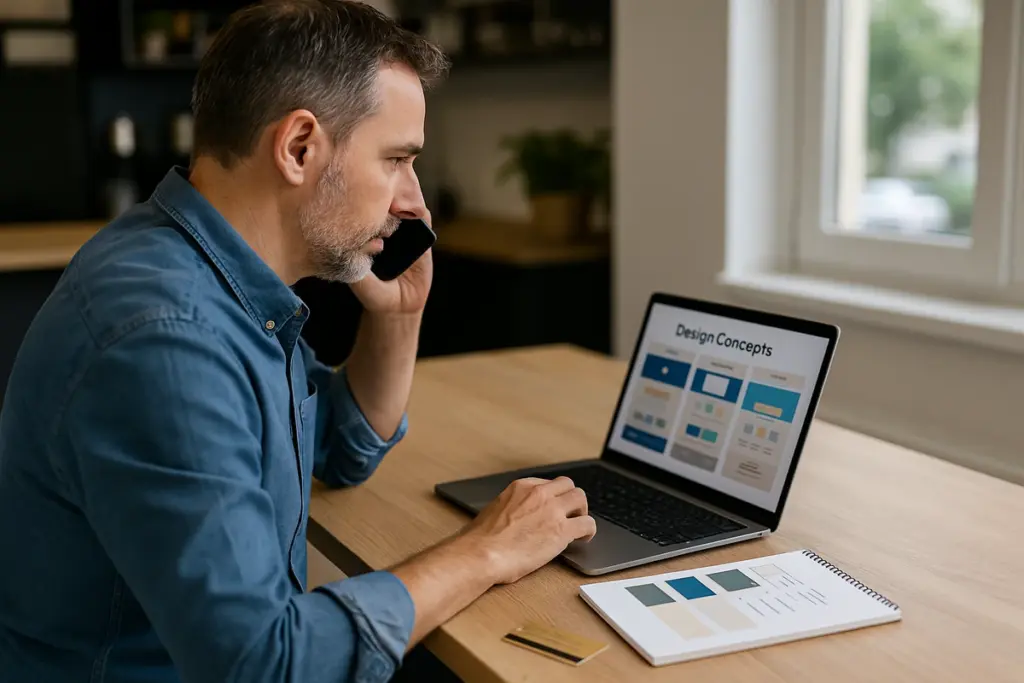
Let’s know what’s important in reality. You need someone who gets Australian business, understands your target market, and won’t disappear after they launch your site.
Why Local Knowledge Matters
Local teams have an edge because they know how Brisbane customers think and what they expect from businesses in the area. They understand the local industry landscape, the competition you’re up against, and how to position your services for your target audience.
Communication and Support to Count On
You want a team that speaks plainly, responds when you have questions, and doesn’t hide behind technical jargon when something goes wrong.
Drawing from our experience working with various agencies, the ones that deliver valuable information upfront and maintain clear communication throughout the process tend to produce better results.
In short, you shouldn’t have to chase people down for updates on your own website.
Technical Skills That Count
WordPress is the platform most small business owners can actually manage themselves once the site goes live, and a good designer will set it up so you can update content without calling them every time. Before you sign on a team, ask them about their WordPress knowledge and how they’ll support you after launch.
By the way, SEO shouldn’t be an afterthought either. Some designers build beautiful sites that Google basically ignores because they didn’t plan for search visibility from the start. So, make sure whoever you hire understands how to structure pages, optimise images, and create content that actually ranks.
And from our personal experience, the maintenance and ongoing support separate good partners from those who vanish after they get paid. Sites need updates, security patches, and occasional troubleshooting. Clarify upfront what kind of support they offer and whether that fits your budget and needs for the long term.
Your team is finally set up and ready to build your online presence. So, before everything goes live, here’s a quick checklist of features you must have on your website.
Must-Have Features for E-commerce and Online Stores
Running an online store adds a whole different layer of complexity to web design. Your online store needs features that make people feel safe handing over their credit card details and actually complete the checkout process.
Make sure your store has these essentials:
- Secure payment systems: Keep trust badges, SSL certificates, and secure payment gateways working around the clock. If your checkout page doesn’t have that little padlock icon in the browser, people will bail before entering their card details.
- Simple navigation for your target audience: Clear categories, intuitive search functions, and logical product groupings make the difference between browsers and buyers. The buying process must be noticeable, quick, and effortless.
- Product pages that actually sell: Good photos from multiple angles, clear descriptions that answer common questions, visible pricing, and obvious “add to cart” buttons all work together to move people toward purchase.
- Frictionless checkout: Every extra field you ask people to fill out increases the chance they’ll abandon their cart. Guest checkout options and progress indicators help people complete their purchase instead of giving up halfway through.
Stop Sending Leads to Your Competitors
Running a small business means making tough choices about where to invest your time and money. Your website might not feel urgent compared to everything else on your plate, but it’s working around the clock to either win customers or send them elsewhere.
We’ve covered how good web design builds trust with potential customers, turns visitors into buyers, supports your digital marketing efforts, and why finding the right Brisbane team matters for long-term success. We also looked at what e-commerce stores need to actually convert browsers into paying customers.
The truth is, your site either helps your business grow or holds it back. If you’re ready to stop losing leads to a website that isn’t pulling its weight, take a look at what Westport Osprey has to offer. Because sometimes the best investment you can make is fixing the one thing working 24/7 for your business!


